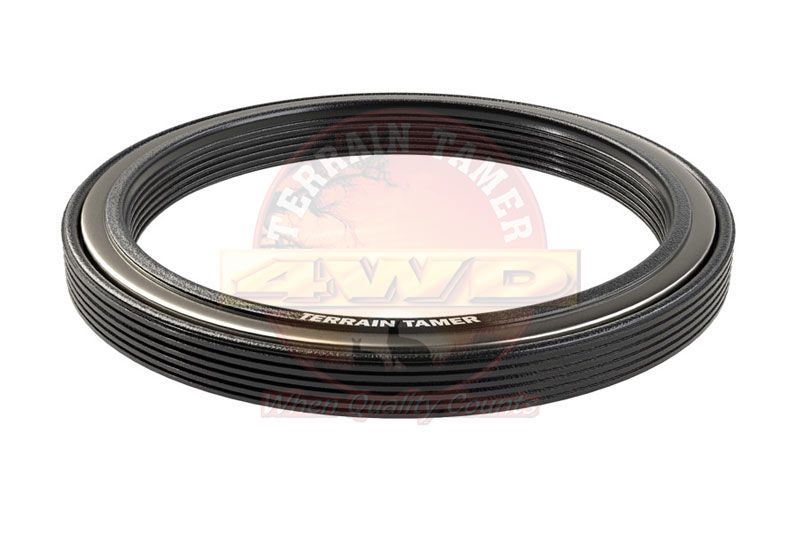wondering if anyone can help me fix an issue but also learn a thing or two.
i did a rear axle job with new pads calipers and rotors (and lspv). i did use speed bleeders but have since tried them out per ricks advice.
i've re-bled the brakes with the ignitions off (hook up hose with end buried in a jar brake fluid, crack bleeder half open, then pump brake five times).
i'm going this works because this is what youtube told me to do.
next the plan is to turn on the ignition and re-bleed with the system on.
anyway i had mushy brakes in addition to an ABS light. but also the right rear was making a sort of as the wheel turns metel
on mettle grinding sound. it could have been pad on metal but i didn't like it much so i parked it.
so now i am troubleshooting the ABS light. but also right rear.
aside from rhe /noise/ when i first assembled this right rear axle the hub was not - or i guess the rotor was not fully seated so the brake caliper was not going on. eventually i wacked the hub with a leather mallet and it seemed to seat and the brake caliper seems to go on nicely. the bolts tried like 60 st lb so it's hard to imagine i would have assemble it incorrectly or askew.
right now i think i am seeing the edge of the caliper or maybe its one of those seating clips (?) digging into the rotor. like i definitely see some silver metallic dust but also a little poof of black dust came off when i removed the wheel (not sure what that was except old brake dust maybe).
anyway - aside from pushing this rear pad clip fully back is there anything i need to check here?
there is NO brake fluid loss and i am kind of zeroing in on some kind of rotor movement for my ABS error.
last wueseion is are these ABS sensors supposed to get some grease? i saw the FSM diagnostic seemed to mention something about ABS sensor grease?
am i missing anything before i button this up again and try it again?
oh, ebrake pads seem to be adjusted correctly but can i release the center differential somehow so i can rotate this one hub or do i need to jack up the right wheel to rotate this left hub? i think this wasn't an issue when i had all four sides on jack stands with the wheels off.
THANKS





i did a rear axle job with new pads calipers and rotors (and lspv). i did use speed bleeders but have since tried them out per ricks advice.
i've re-bled the brakes with the ignitions off (hook up hose with end buried in a jar brake fluid, crack bleeder half open, then pump brake five times).
i'm going this works because this is what youtube told me to do.
next the plan is to turn on the ignition and re-bleed with the system on.
anyway i had mushy brakes in addition to an ABS light. but also the right rear was making a sort of as the wheel turns metel
on mettle grinding sound. it could have been pad on metal but i didn't like it much so i parked it.
so now i am troubleshooting the ABS light. but also right rear.
aside from rhe /noise/ when i first assembled this right rear axle the hub was not - or i guess the rotor was not fully seated so the brake caliper was not going on. eventually i wacked the hub with a leather mallet and it seemed to seat and the brake caliper seems to go on nicely. the bolts tried like 60 st lb so it's hard to imagine i would have assemble it incorrectly or askew.
right now i think i am seeing the edge of the caliper or maybe its one of those seating clips (?) digging into the rotor. like i definitely see some silver metallic dust but also a little poof of black dust came off when i removed the wheel (not sure what that was except old brake dust maybe).
anyway - aside from pushing this rear pad clip fully back is there anything i need to check here?
there is NO brake fluid loss and i am kind of zeroing in on some kind of rotor movement for my ABS error.
last wueseion is are these ABS sensors supposed to get some grease? i saw the FSM diagnostic seemed to mention something about ABS sensor grease?
am i missing anything before i button this up again and try it again?
oh, ebrake pads seem to be adjusted correctly but can i release the center differential somehow so i can rotate this one hub or do i need to jack up the right wheel to rotate this left hub? i think this wasn't an issue when i had all four sides on jack stands with the wheels off.
THANKS


